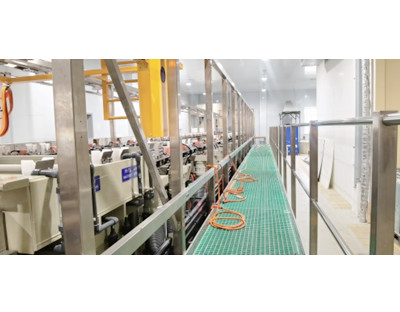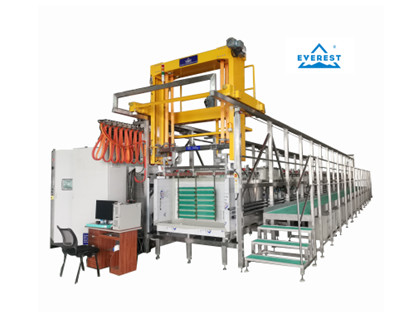Black hole is one of the direct electroplating technologies. Its main principle is to use the physical principle to make the carbon powder adsorb on the hole wall surface to form a conductive layer, which can be used as the conductive lead for subsequent copper electroplating.
Black hole process flow
Degrease — Rinse — Whole hole treatment — Rinse — Black hole — Drying — Micro etch — Rinse — Copper plating
1. Degrease
Use weak alkaline detergent to remove the oil stain on the plate surface to ensure that no other impurities are brought into the tank.
2. Rinse
It is to remove the residues on the hole wall and plate surface.
3. Whole hole treatment
The carbon black belt in the black hole solution has a negative charge, which is aligned with the negative charge on the resin surface of the hole wall after drilling. It cannot be statically adsorbed, which directly affects the absorption effect of graphite or carbon black. By adjusting the positive charge of the modifier, the negative charge on the resin surface can be neutralized and even the positive charge on the pore wall resin can be given to facilitate the adsorption of graphite or carbon black.
4. Rinse
Clean the excess residual liquid in the hole and on the surface.
5. Black hole treatment
Through physical adsorption, a uniform and fine carbon black conductive layer is adsorbed on the surface of the hole wall substrate.
6. Rinse
Clean the excess residual liquid in the hole and on the surface.
7. Drying
In order to remove the moisture contained in the adsorption layer, short-time high-temperature and long-time low-temperature treatment can be adopted to improve the adhesion between carbon black and the surface of pore wall substrate.
8. Micro etch
First, treat with alkali metal boron salt solution to make the graphite or carbon black layer show micro swelling and form microporous channels. This is because graphite or carbon black is not only adsorbed on the hole wall, but also on the inner copper ring and the surface copper layer of the substrate during the black porosity process. In order to ensure a good combination between the plated copper and the base copper, the graphite or carbon black on the copper must be removed. For this reason, only the graphite or carbon black layer generates microporous channels, which can be removed by the etching solution. As the etching solution is etched into the copper layer through the microporous channels generated by the graphite or carbon black layer, the copper surface is slightly etched with care 1-2μm or so, so that the graphite or carbon black on the copper is removed because there is no joint, while the graphite or carbon black on the non-conductive substrate of the hole wall remains in its original state, providing a good conductive layer for direct electroplating.
9. Inspection
Use a magnifying glass or other tools to check whether the coating on the inner surface of the hole is complete and uniform.
10. Copper plating
It is charged into the bath, and the impact current is used to ensure that the conductive coating is completely covered.





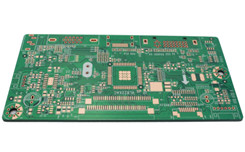
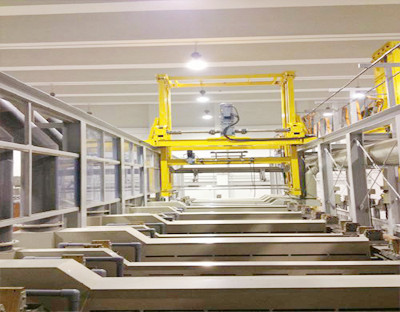
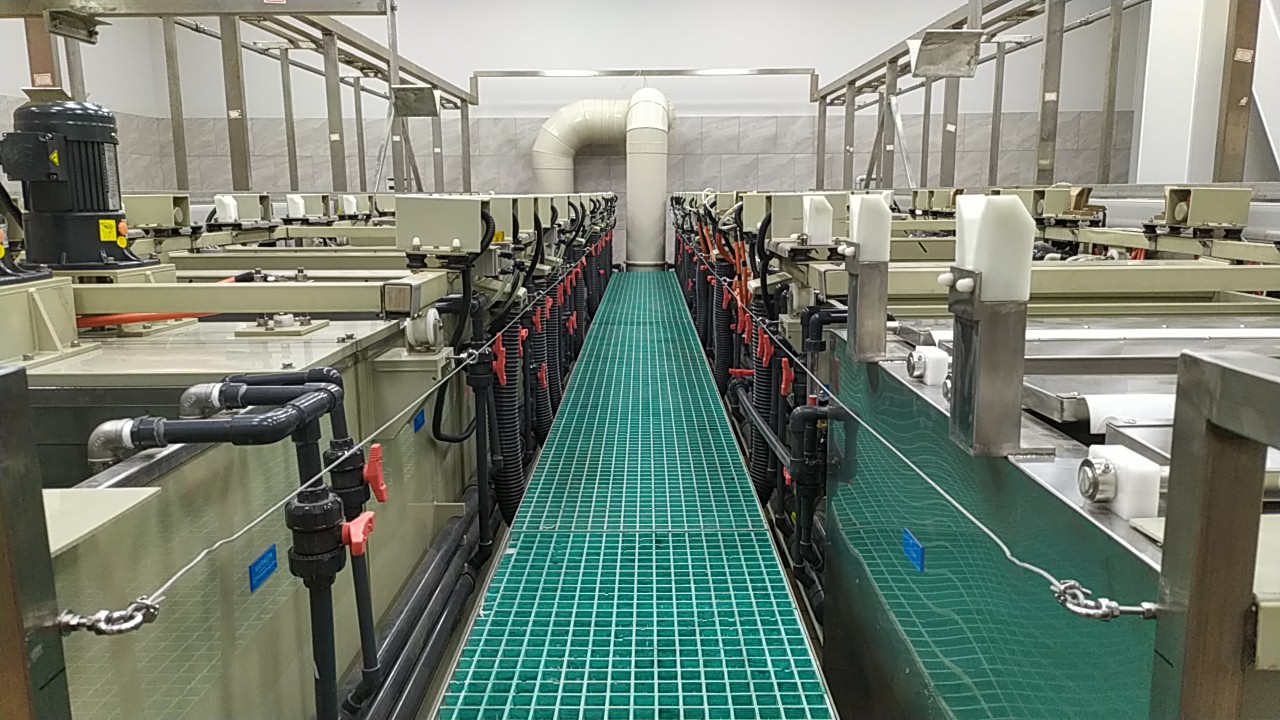
 Jun. 23, 2022
Jun. 23, 2022 